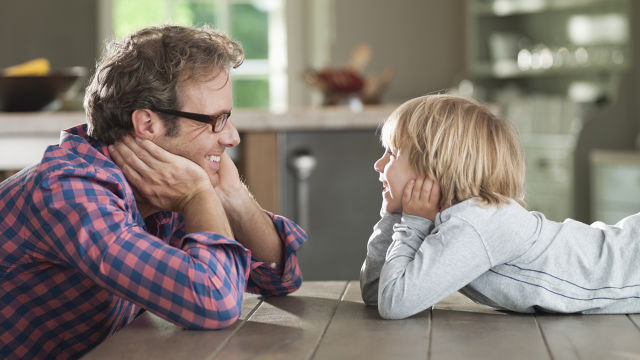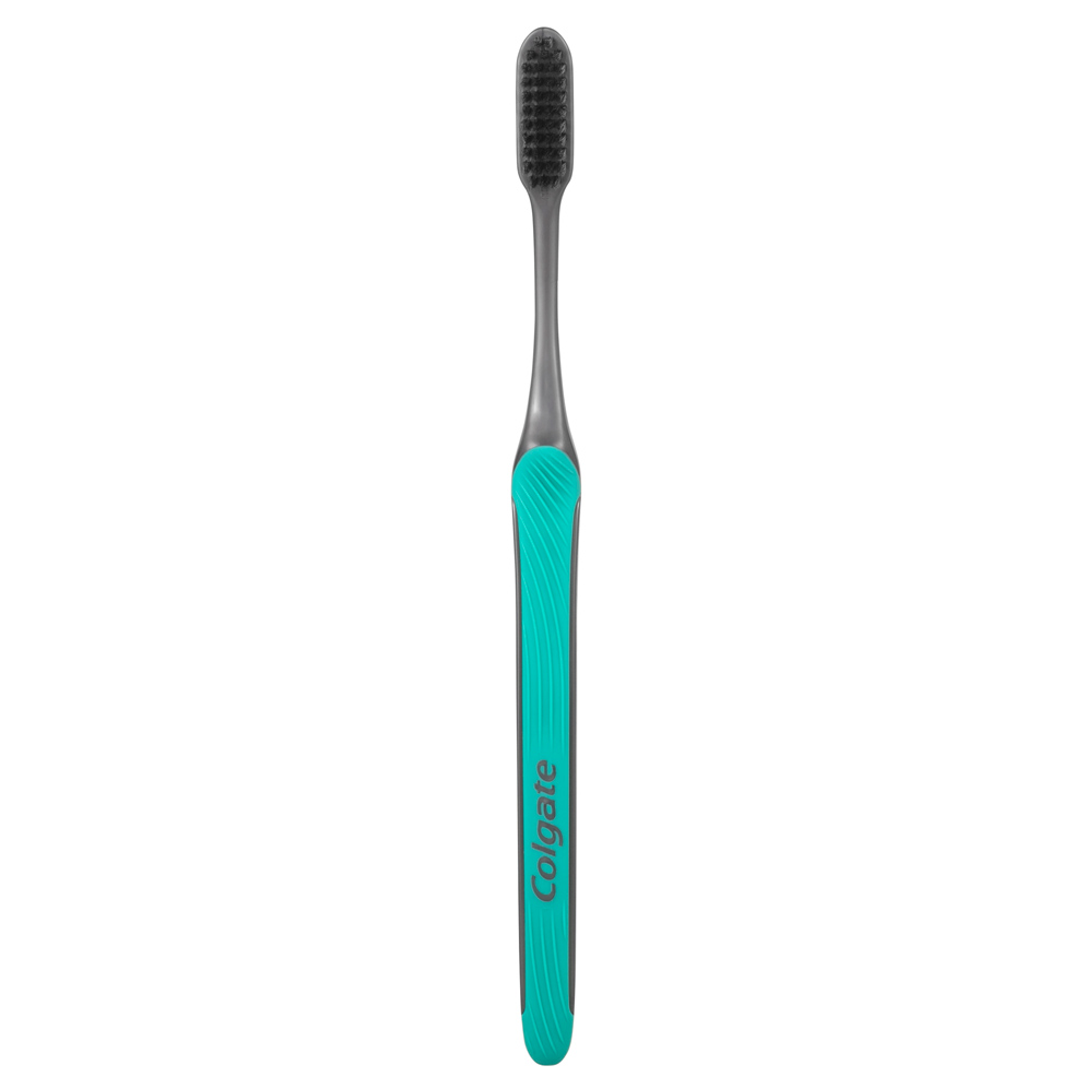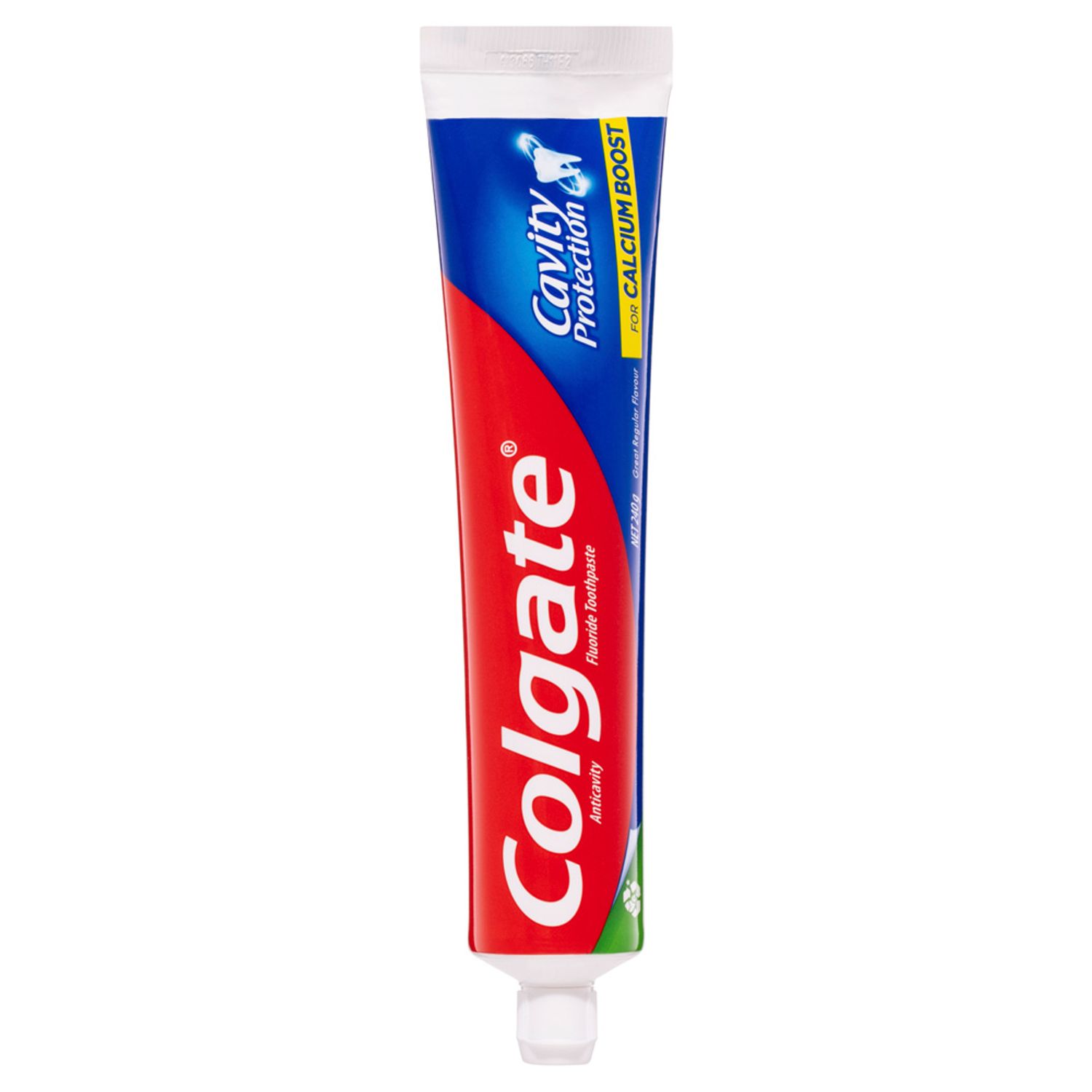It takes a little more effort to keep the teeth and gums healthy during orthodontic treatment, but choosing the right toothbrush can go a long way towards protecting your oral health. Good oral hygiene helps your teeth stay healthy during treatment so that you end up with the smile you’ve been dreaming about!
Here’s what to consider when selecting your brush.
Designed to Dislodge
Braces typically consist of two parts:
- Brackets that are attached to the teeth with a bonding material.
- An archwire that connects each bracket and pulls the teeth into position.
The brackets and wires can trap even more food particles than usual and make them difficult to remove, increasing bacteria and plaque build-up, as well as adding to the risk of gum inflammation and tooth decay.
With that in mind, it’s important to choose a toothbrush that can dislodge as many food particles and as much plaque as possible. Health Direct recommends choosing one with an arrangement of long and short bristles to hit all of those hard-to-reach spots around your braces.
Small Brushing Head
Health Direct and the Australian Dental Association (ADA) both recommend choosing a brush with a small, compact head and a flexible neck to clean around your braces and remove plaque and debris.
Soft Bristles
Braces can be uncomfortable, especially when they’re first fitted or adjusted. Choosing the wrong toothbrush can add to this irritation and even damage your sensitive gums.
A Wide Handle
In order to do the extra manoeuvring your braces will require, choose a toothbrush with a wide handle. This is especially important for kids who don’t yet have the dexterity to work with a slim handle.
A Helping Hand
Even with the ideal toothbrush and perfect brushing technique, food debris can still get left behind. Orthodontics Australia recommends using specially adapted floss and/or interdental brushes to catch any particles and plaque missed by brushing.
Supervise Children
Even if your child is old enough to brush independently, it’s a good idea to supervise their toothbrushing during orthodontic treatment, at least in the beginning. Cleaning braces effectively can be a challenge even for adults, and with the increased risk of tooth decay and gingivitis that comes with braces, it’s better to err on the safe side.
This article is intended to promote understanding of and knowledge about general oral health topics. It is not intended to be a substitute for professional advice, diagnosis or treatment. Always seek the advice of your dentist or other qualified healthcare provider with any questions you may have regarding a medical condition or treatment.














